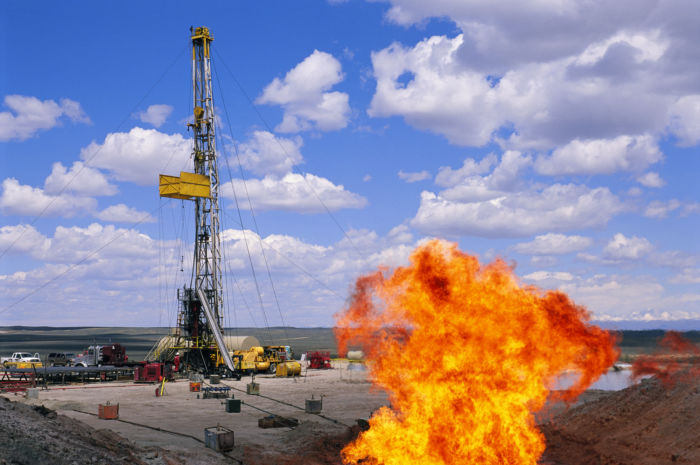Energy Committee – Roch PB headline says it all
January 25th, 2020

Here’s the bill everyone’s talking about:
Comments? It’s important to let them know what you think. Here’s the contact info for the Senate Energy Committee (LINKED HERE).
In last week’s Rochester Post Bulletin, about the Senate Energy and Utilities Finance and Policy Committee meeting in Rochester:
Senators take heat on waste-burning energy
- John Molseed jmolseed@postbulletin.com
- Jan 15, 2020
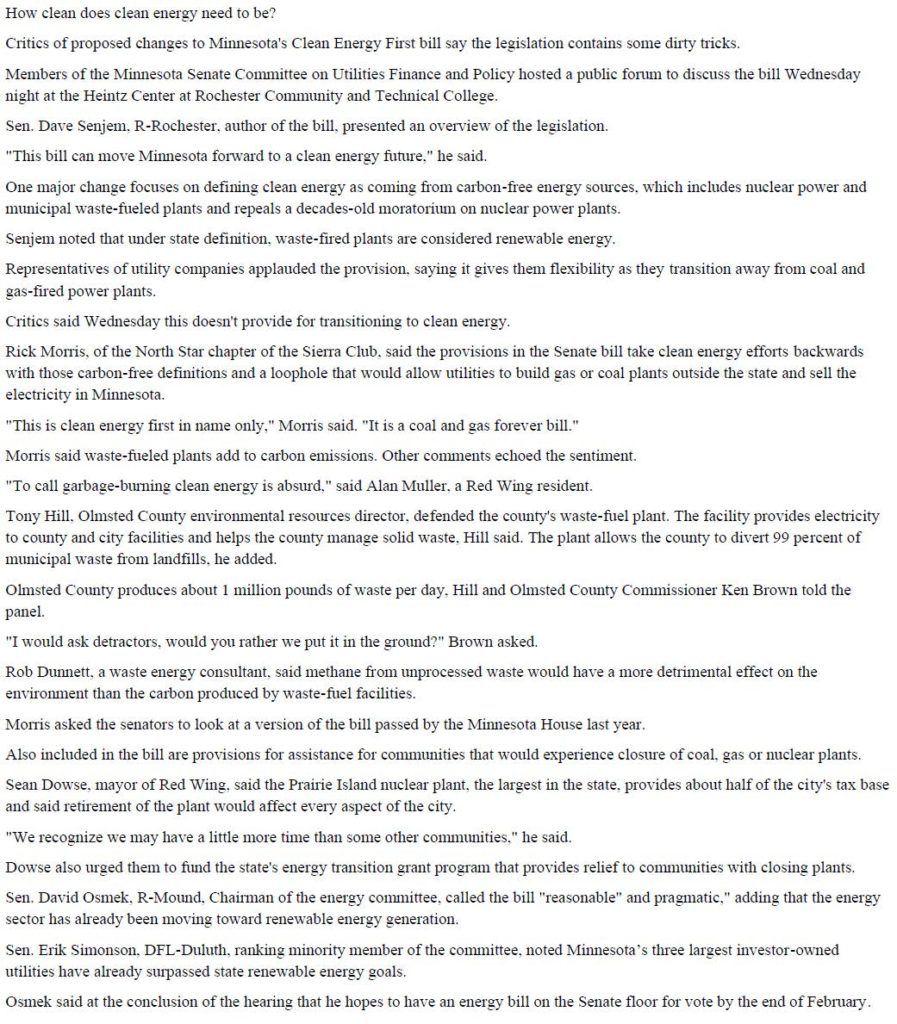
Senate Energy Bill… again
January 23rd, 2020
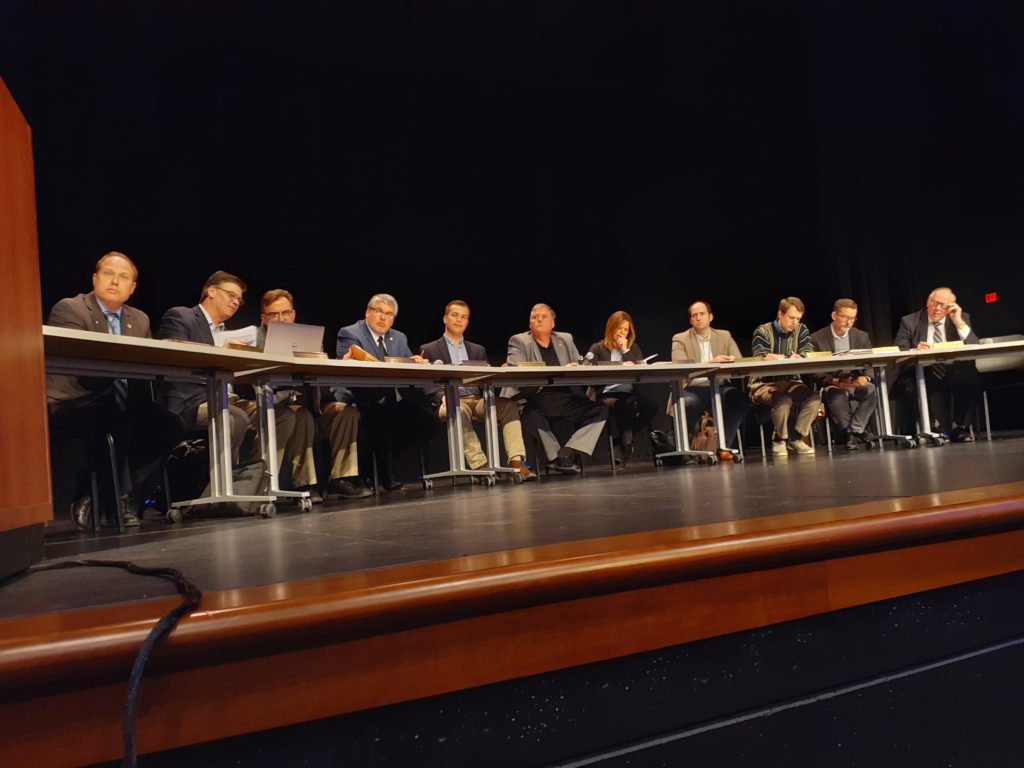
Last night in Performing Arts Center, Westonka H.S., Sen. Osmek held the second Senate Energy Committee meeting, taking testimony and discussing the bill. Good grief, burning garbage is RENEWABLE?!?! Eliminate the new nuclear prohibition?!?! CARBON CAPTURE AND STORAGE!?!?!?! Where on earth do these ideas come from? Lobbyists paid by who?
They put together a list of testifiers. This meeting’s list included TWO who had testified in Rochester! I spoke up and objected to allowing those two to testify before others who had not testified could, and near the end of testimony one was crossed off, BUT, well, guess who was second to the bottom, despite having requested to be put on list 8 days prior in Rochester, and didn’t get to testify.
For the first hearing, they put the three regular folks at the very bottom of the list, those not affiliated with an organization, those NOT paid to show up in suits and testify, and at the outset at Westonka last night, Osmek said, at least twice, “we may not get through the list.” They did in Rochester.
And at the outset of last night’s meeting, he again said, “we may not get through the list” and he limited testimony to 30 minutes total, but didn’t put any limit on individual testimony. AND he said, “we didn’t get through the list in Rochester.” FALSE, you DID get through the list in Rochester. Why say that? Prelude to a dis…
They’re talking about “carbon capture and storage,” “CCS” as if it’s real. It is not. No one else in the room has the knowledge and direct experience working on a project proposing carbon capture that I have, and no one else in the room had signed the non-disclosure agreement in the Excelsior Energy Mesaba Project and knows the details of cost and energy loss. Most of the Senators on that committee weren’t even around during the Mesaba Project, and I do not recall a single one of them weighing in on that boondoggle project. So what all do they know about it? Do they know only what paid toadies are telling them? Do some research! We do not need to reinvent the wheel, and folks, this is rock science, not rocket science.
We went through this “carbon capture” nonsense on the Excelsior Energy Mesaba Project, where it was talked about a lot, but wasn’t part of the actual project, and then, when it was clear the project Power Purchase Agreement “PPA” was tanking, SURPRISE, they popped in a “Plan” at the last minute, in Rebuttal testimony:
Suddenly, a Plan for Carbon Capture and Sequestration
October 19th, 2006
For sure it was utter bullshit, and not enough to save the day and get that PPA through. Here it is:
From MCGPs Initial Brief in Mesaba Project PPA docket (M-05-1993), but first the full brief, the CCS pages are 22-24, with references:
And the section on the Excelsior Energy’s Mesaba Project bogus “Plan for Carbon Capture and Sequestration”
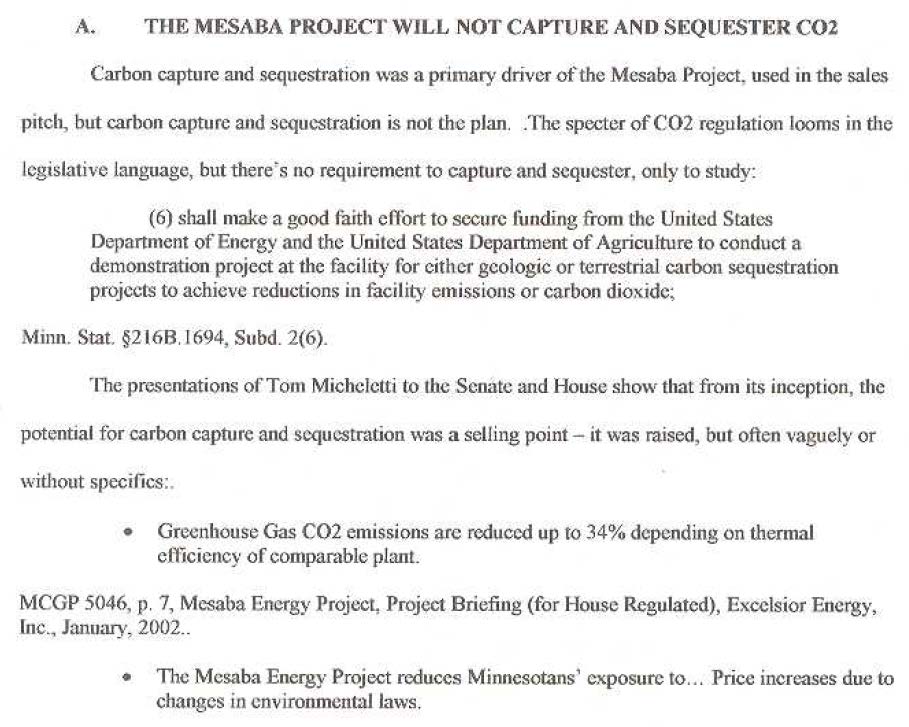
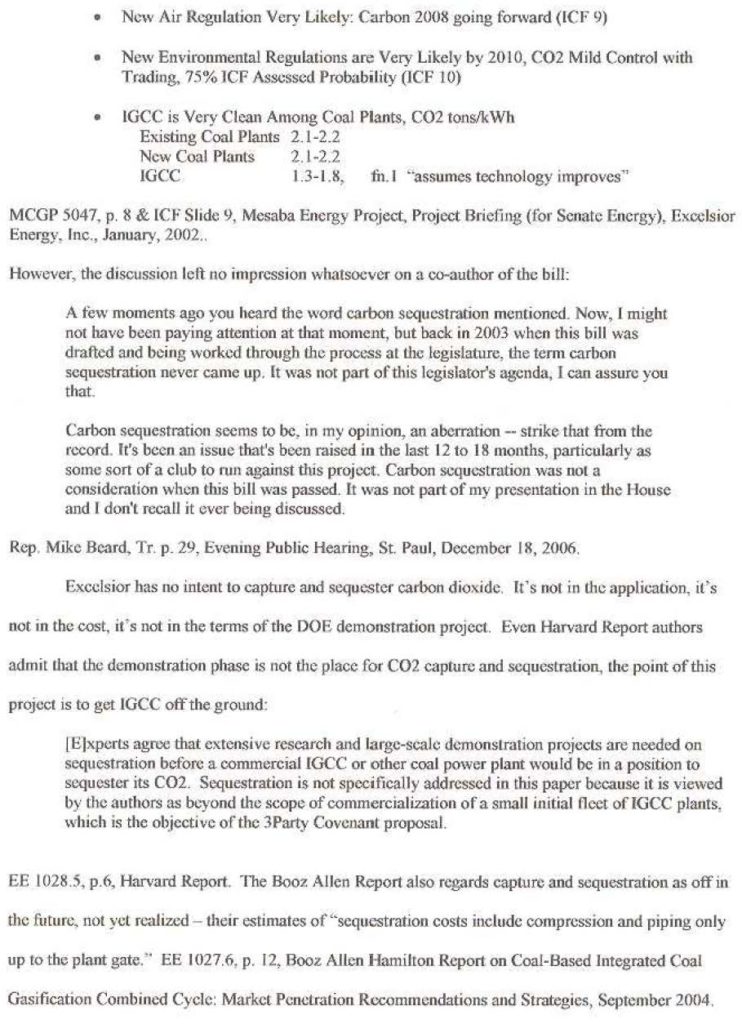

Well DOH! What’s changed since then? Only a large funding of “research” and a larger funding scheme of promotion, a la Great Plains Institute, etc.,

… but carbon capture and storage is no more doable, either in percentage of capture feasible, or in potential for creating seismic activity and earthquakes, well, there is more evidence now that pumping gas into the earth DOES create earthquakes. It’s even made it into corporate news media, REAL NEWS from 2013 and 2016:
Fracking and energy exploration connected to earthquakes, say studies
7 million Americans at risk of man-made earthquakes
From USGS:
Are earthquakes induced by fluid-injection activities always located close to the point of injection?
Also from USGS, 2018:
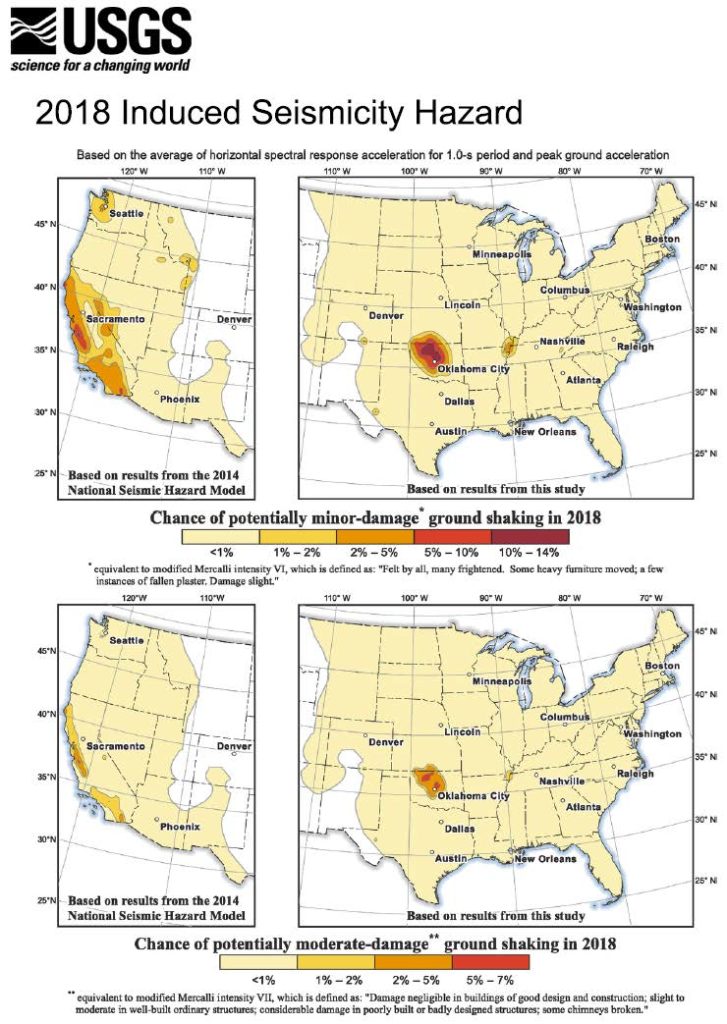
What more information do you need? Do some research, folks.
Those of us who went through the 5+ years that was the Mesaba Project have the facts. If you want us to do this all over again, yes, phenomenal waste of time, but yeah, OK. Been there, done that, have the files, have the facts, here we go!
To look at the Excelsior Energy Mesaba Project docket at PUC (05-1993) go to eDocketsand search for PUC Docket 05 (year) 1993 (docket no.) in the search field.
p.s. LINK TO MESABA PROJECT ENVIRONMENTAL IMPACT STATEMENT
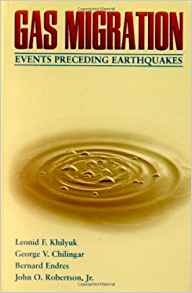
Carbon capture & storage and seismic activity
January 19th, 2020

There’s mention of “carbon capture and storage,” a/k/a/ CCS, in a DRAFT bill, SC5558-6, being considered by Minnesota’s Senate Energy Committee:
The part about CCS is this:

What’s the problem? Get out your waders…

This DRAFT bill reads as if “carbon capture and storage” is real. It reads as if “carbon capture and storage” can capture at least 80 percent of carbon dioxide generated. It reads as if carbon captured can be stored by injection. It reads as if “transferring” for use (EOR?) is a good thing.
Why are we going through this again? Well, for example, in the most recent IRS 990 posted for Great Plains Institute, they got $937,931 for “Carbon Management.”

Money talks. And they are pushing it as if — what a crock — look at this “report” and check p. 3 of 4, and decipher what it means — it’s just a map that shows ethanol plants, coal plants, EOR (note North Dakota has no little green triangles!) and saline formations (interesting that our salty aquifer way way down underneath Minnesota isn’t shown):
The Importance of Carbon Capture to Decarbonizing the Electricity Sector

They post this chart as if CCS plays a significant role, but look at the small little slivers of CCS shown:
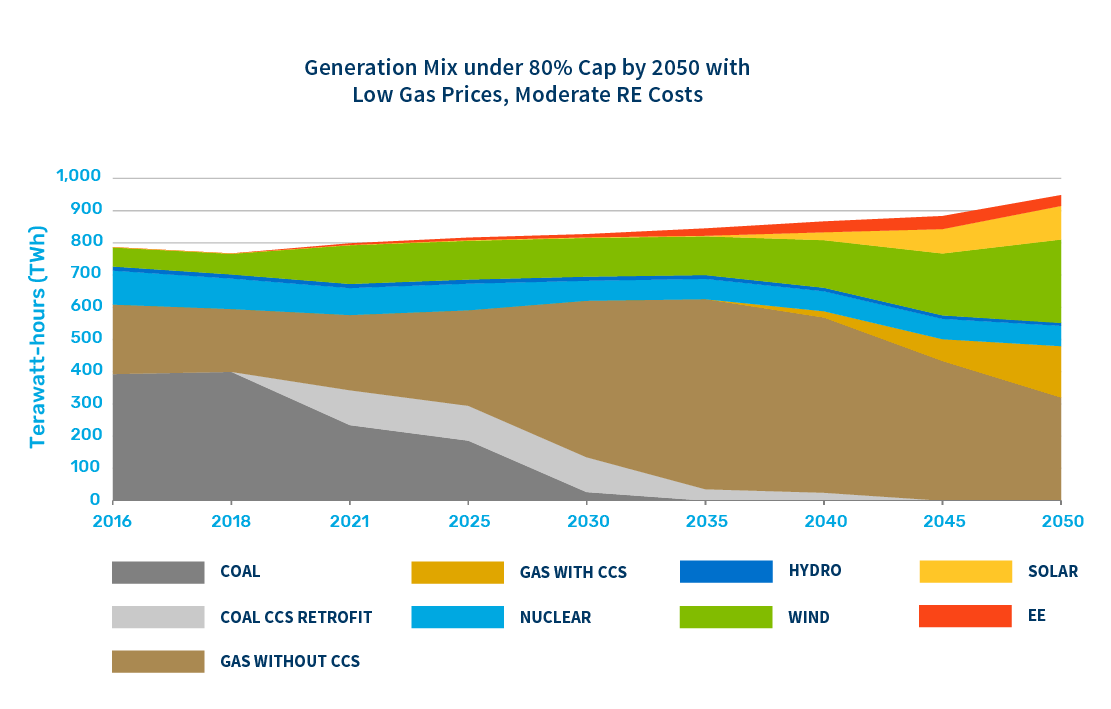
- Carbon capture is not real and cannot readily capture 80%.
- To be stored, carbon must be transported to storage, and where might that be and how will that storage be monitored?
- Use of carbon for fracking has potential for and causes earthquakes, seismic activity, and associated disasters.
Years ago, July 2005, to be exact, National Geographic had a great article about impacts of gas drilling on water in Wyoming, “All Fired Up,” a/k/a/ “Tapping the Rockies,” with stunning photography by Joel Sartore:
It’s gone now… links dead… I have the hard copy, but…
Anyway, Wyoming is an example of the disasters of fracking, North Dakota another, and around Youngstown, OH, where they were injecting fracking waste, yet another:
Fracking Led to Ohio Earthquakes
Oklahoma Toughens Oil Fracking Rules After Shale Earthquakes
There’s a great piece on The Narwhal the other day about fracking and injecting gas into the earth and the instability of an existing dam and the “Site C” dam now under construction:
Peace Canyon dam at risk of failure from fracking-induced earthquakes, documents reveal
Let’s trot this one out again:
But there is a silver lining to this:
Trump Dumps ‘Clean Coal’ Research Despite Lauding Its Potential
Budget Guts U.S. Carbon Capture, Storage Research
Then this:
Coal industry begs Congress to save carbon capture from Trump
And so then this:
White House will promote carbon capture technology in climate change fight
EPA finalizes Trump administration’s coal-friendly climate plan
Once again, IGCC toady org Clean Air Task Force is out there in front:
Everyone Wants Carbon Capture And Sequestration — Now How To Make It A Reality?
And from that article, DOH, what we’re seeing here with Xcel, wanting to keep burning but sell their surplus on the market:
None, however, has pledged to stop burning fossil fuels.
This is the CCS market’s holy grail.
From the “have we learned nothing,” gleaned in all those years working on Excelsior Energy Mesaba Project, the zombie boondoggle from hell, here are a few Legalectric posts:
More on Carbon Capture Pipedream
June 28th, 2010
DOE announces Capture & Release program
May 7th, 2008
Walton’s Bill Grant and “low carbon coal”
May 14th, 2007
Carbon sequestration still ain’t ahappenin’…
February 9th, 2007
Suddenly, a Plan for Carbon Capture and Sequestration
October 19th, 2006
It’s not rocket science… “carbon capture and storage” is not real.
SC5558-6 Last night in Rochester
January 16th, 2020

Last night, Sen. Osmek held a Senate Energy Committee meeting in Rochester. It was standing room only, at least 100 showed up (I had 100 flyers, and had 4 left and I know I missed a few).
Here’s the bill DRAFT, SC5558-6:
Here’s the powerpoint explaining the bill:
Who all showed up and testified? All a bunch of paid suits, with just three exceptions, pushed to the very end. Check the list of lobbyists here:
Alan Muller got on the list to testify, he’ll be writing to the Committee soon:
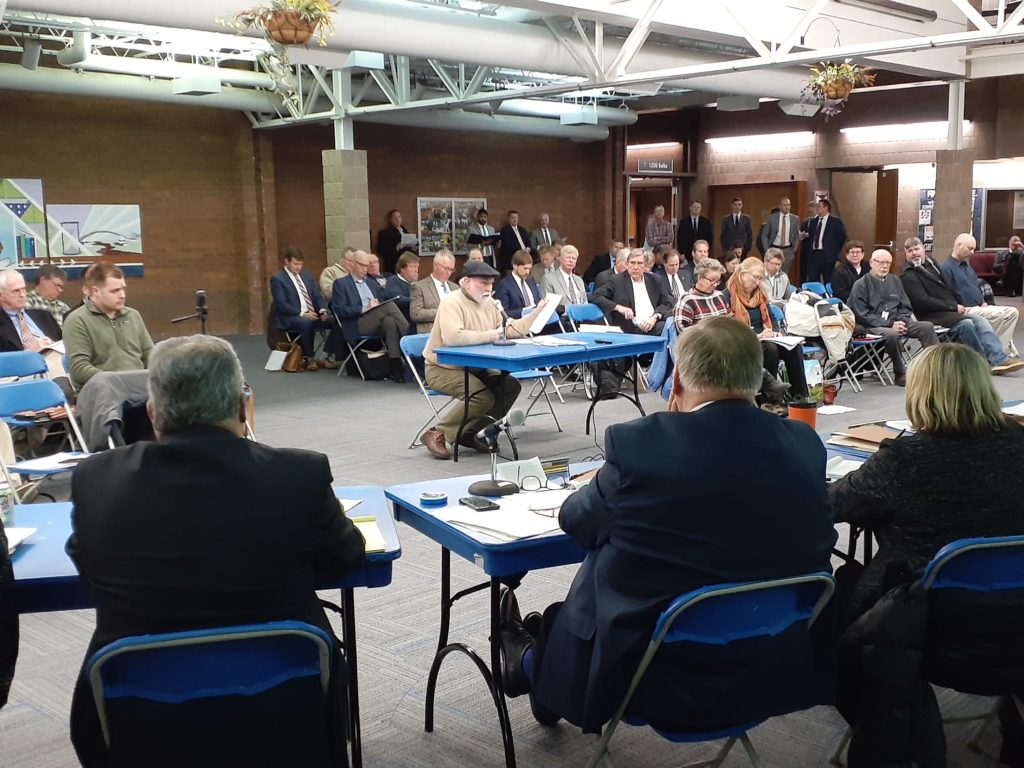
And here’s my comment sent to the committee:
Where were Senators Dibble and Marty? I must confess, I was so disgusted by Sen. Marty’s handling of the e21 debacle back in 2015 that I’ve not been back to the Senate Energy Committee since then (Marty tried to introduce Xcel’s e21 bill, and tried to shut down testimony opposing that bill…
(report from that meeting) though the room was packed with those who had rolled over supporting it, only three of us there opposed it, myself, Alan Muller, and Office of Attorney General’s RUD James Canneday. Sen. Marty pulled the bill as he “introduced” it and then substituted an e21 light and wouldn’t allow testimony on anything else! Well, we did what we could, and it wasn’t until the very end in conference committee or just before that he put the awful Xcel-desired language back in. SF 1735 – SHAME on each Senator who voted for it). Back into the fray, I guess!
My take is that Sen. Senjem, or the Republican caucus, or ???, are concerned about Sen. Senjem’s seat, why else would they put Mikey Bull up there beside him, emitting puffery about the bill? Seems there’s just one other Senate hearing scheduled, info below.
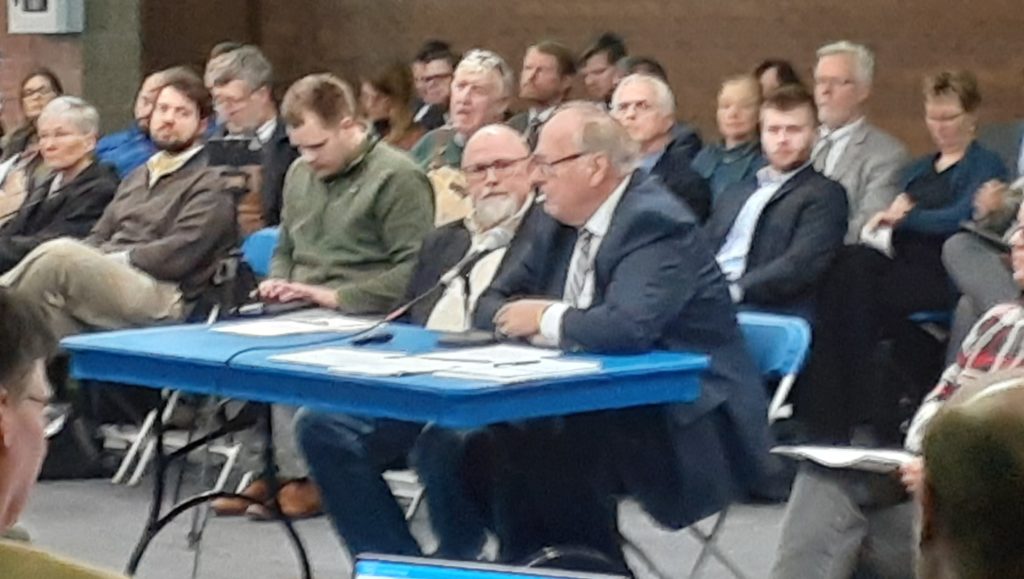

Next up, next week, Mound, Minnesota, in Sen. Ozmek’s district:
Wednesday, January 22, 2020, 4:00 PM
Mound Westonka High School’s Performing Arts Center
905 Sunnyfield Road East
Minnetrista, MN 55364
Now, Mikey, about “carbon capture and storage,” good grief. Did you learn nothing from all those years of Excelsior Energy’s Mesaba Project? Here’s why it’s good the Mesaba Project was not built!
Today – Senate Energy Comm. in Rochester
January 15th, 2020

Minnesota Senator Osmek is convening a Senate Energy Committee meeting in Rochester this evening to discuss a DRAFT bill SC5558-6:
6 p.m. on January 15, 2020
Rochester Community and Technical College
Heintz Center Commons
1926 College View Rd E
Rochester, MN 55904
Here’s the letter I just fired off to Committee members:
Be there or be square!
